What impact does the ongoing electrification of the automotive industry have? Which technology fields will be affected by the structural changes? What needs to be done not to lag behind? Questions like these are a concern especially to regions highly dependent on the car industry. In a search for answers, the State Agency for Electric Mobility and Fuel Cell Technology, e-mobil BW, commissioned the Fraunhofer Institute for System and Innovation Research (ISI) to conduct the study “Electric Mobility Worldwide– Baden-Wurttemberg in Global Comparison.” The results were presented in mid-April of 2015 during the tradeshow in Hanover.
Baden-Wurttemberg is home to many important, globally operating car carmakers, such as Daimler, Porsche and Audi. Work on electric vehicles (xEVs) has been going on for several years, but cars based on internal combustion engines will remain the manufacturers’ core business for years to come. Other companies in other regions of the country take a different approach, with some of them promoting electric vehicles on a much wider scale than Baden-Wurttemberg does. But what benefit did they reap from their initiatives? To assess the situation, e-mobil BW – which, according to President Frank Loogen, secured enough funding until the end of 2019 and intends to continue operations beyond this date – conducted the above-mentioned study. Its conclusion: Baden-Wurttemberg is at the risk of lagging behind.
“Regarding sustainable transport, particularly electric mobility, Baden-Wurttemberg is neither one of the world’s leading suppliers nor users, but assumes an average position at international level.”
The automotive sector is faced with fundamental structural changes. This concerns both the technology and the market. According to the Fraunhofer study, “stagnating car sales are to be expected” globally. For instance, the number of vehicles manufactured in Germany is said to level out at six million units per year. New structures and a changing attitude regarding the transportation system will lead to a shift away from the classic internal combustion engine towards electric drive designs and energy storage.
To allow the comparison of measures taken to meet such a challenge in different regions of the world, the study’s authors took a look at the most important electric car countries (China, Japan, Korea, US, and France) and identified the nine key regions that lead the ranking in each of these nations.
Afterwards, the scientists from Fraunhofer ISI used a multi-level approach by conducting interviews and patent analyses as well as comparisons of production figures and networks. According to Loogen, they reached the following conclusion from their research: “There is no region that is clearly the leader in all aspects of this new technology. The race is still open and the jury still out.” In his conversation with H2-international, he added: “We all have the chance to work our way to the top.”
“Against the backdrop of being the leader in conventional car technology, the imminent changes in the car market, and the sometimes high level of dependency of Baden-Wurttemberg on the automotive industry, this conclusion is to be met with genuine concern.”
What looms at large: Falling behind without a chance to catch up
The study’s authors credit the different regions with unique strengths. For instance, Germany’s south-west offers important expertise in electronics, electric engines and high-voltage electronics. But there are deficits in terms of cell manufacturing. Cornelius Moll, who worked on the study project at the Fraunhofer ISI, said: “Our results show that Baden-Wurttemberg is currently not among the leading regions, neither in electric car supply nor technologies, nor in their use.” Moll sees notable deficits particularly in the research and the production of battery and fuel-cell technologies: “Baden-Wurttemberg has no manufacturing capacities for the mass-production of lithium-ion battery cells. As these are exactly the components with the highest innovative potential and the most promising value chain, the results prove to be greatly alarming.”
“In the meantime, even the research into a second-mover strategy – especially regarding battery and fuel cells – seems to be in danger. There is also the risk of having sustainable transportation standards negotiated and defined by other stakeholders outside of Baden-Wurttemberg, which would widen the gap.”
Fraunhofer ISI: “The wait-and-see attitude of many big companies in the automotive industry is undermining the development of electric mobility in general. Additionally, technology development by few pioneering businesses and their limited cooperation with small and medium enterprises when developing important key components could lead to many SMEs being outgrown internationally.” What loomed on the horizon was Baden-Wurttemberg falling behind and having no chance to catch up, Moll added.
Baden-Wurttemberg’s strengths lie in its well-established supplier and innovation networks, among them groups of world-class research facilities. The scientists also see a solid educational infrastructure at work in this German federal state, an infrastructure that could be tapped as a source of qualified employees and great expertise on system integration. Fraunhofer ISI said: “The federal state does possess the necessary potential and the requirements to be successful in the development, manufacture and use of electric cars – currently, however, Baden-Wurttemberg merely assumes an average position in the global market. […] But closing the gap to the world’s leading companies in the field can only succeed if there are profound changes to the local automotive industry.”
“Almost all strengths are in conventional technologies. Baden-Wurttemberg is not a leader in any of the fields relevant to alternative engine technologies, but rather represents the average region of the study.”
The Fraunhofer ISI scientists recommend that “the path chosen by the automotive industry in Baden-Wurttemberg be questioned because of its future potential for success.” They also suggest the establishment of innovation projects for a greater involvement of SMEs in research and innovation as well as an improvement in technology and knowledge transfer between all market stakeholders, such as SMEs, large corporations, and research institutions. Additionally, there should be long-term strategies and global innovative projects with technology leaders in other world regions, in order to tap the potential for learning. But the structural changes should also include extensive private-sector investments at Baden-Wurttemberg’s car industry locations to create manufacturing capacities for new technologies such as batteries and fuel cells. And, finally, it would be important to further increase the acceptance of e-cars among the public, for instance, by implementing an extensive media campaign.
Despite all of the above, Loogen views the starting position of his federal state as a good one. He said: “We are pretty unique in the way we collaborate because we have a grown cluster in our industry. If we continue using our network like this, we will have a valid chance to become one of the relevant market players on the world stage.”
“One thing that requires more attention is the involvement of SMEs in cooperative research projects. In consequence, this means that many businesses of subsequent value chain segments will be at the risk of lagging behind the technology leaders. This breeds the danger of not being able to meet market requirements as soon as the demand for xEVs increases by a considerable margin. The networks that are so successful today will then be at the risk of breaking up.”
In figures: The study determined that in Baden-Wurttemberg, “fewer than 700 xEVs left the factory gates of OEMs in 2013.” In Aichi, Japan, the number was almost 630,000 during the same period. Moreover, Japan is setting global technology standards in creating electric and hybrid cars, whereas Korea’s Seoul has proven expertise in battery development and manufacturing. California, on the other hand, is the region with the most widespread use of electric vehicles (good charging infrastructure, high number of cars registered).
“The analyses suggest that the forces of the status quo are currently much stronger than the calls for transformation and renewal towards new drive systems. […] The hesitation of important stakeholders is slowing down electric mobility in total.”
Quoted from the study
As the federal state in the southwest of Germany is an important manufacturing location for the automotive industry, the study focused on a detailed analysis of the industry and its production business. Naturally, even the limited scope of such a study cannot exclude the technology’s application. Here, the scientists determined that California and its almost one million electric cars are the leaders in electric vehicle use. Baden-Wurttemberg does rank second, but only with 14,000 xEVs before Tokyo with nearly 10,000 xEVs. Accordingly, the conclusion about the effectiveness of electric mobility display is disillusioning. The result of the detailed analysis is: “The user and infrastructure side as well as the policies in place leave much to be desired despite the existence of demonstration and pilot projects.”






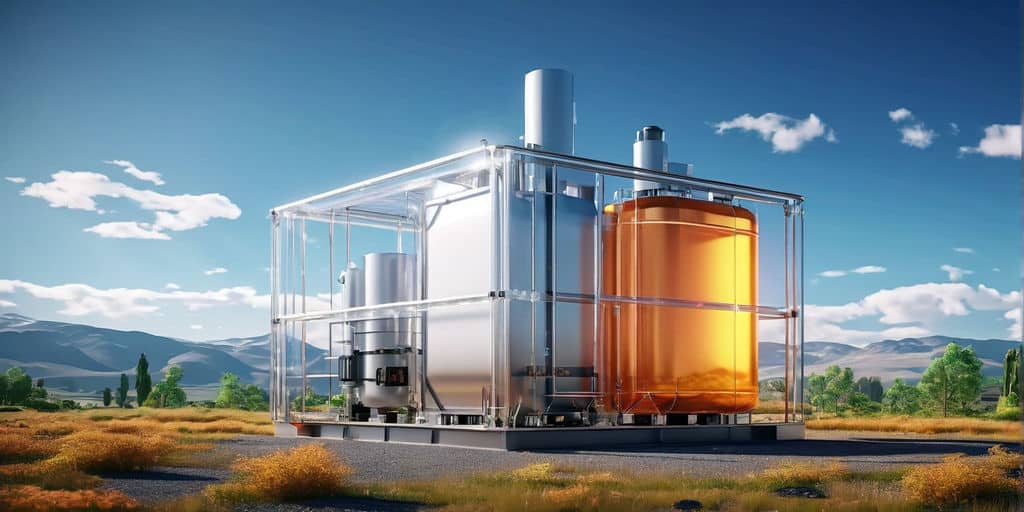
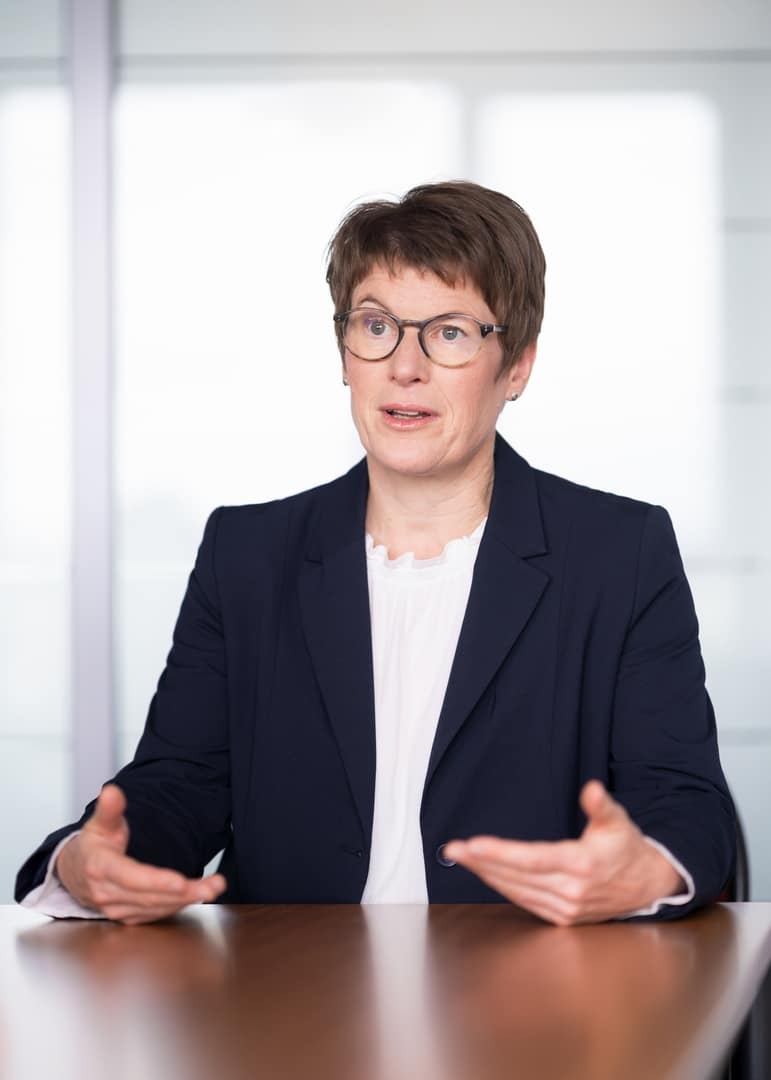
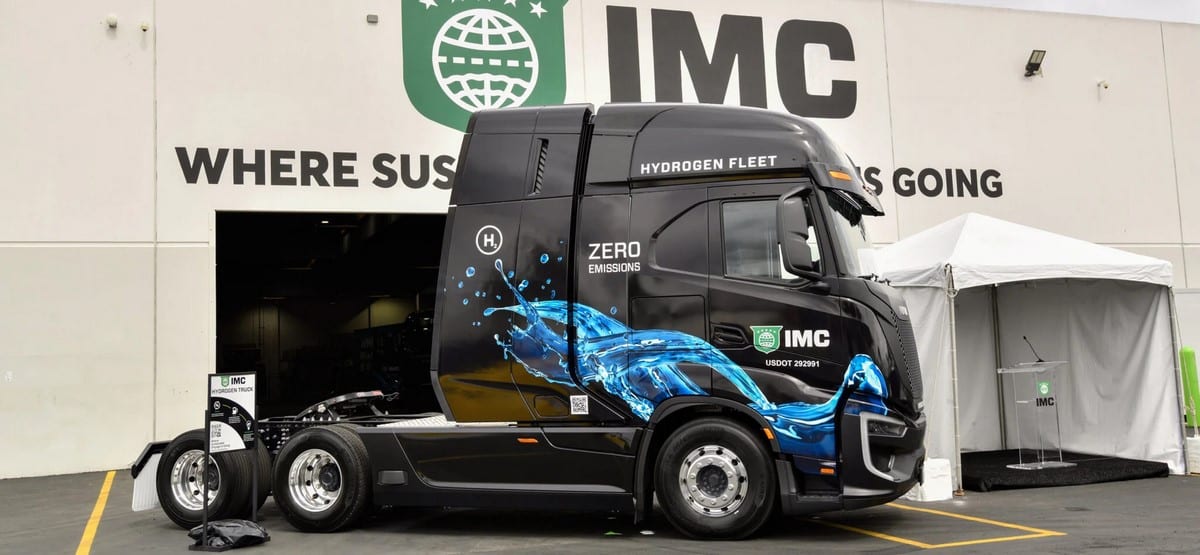

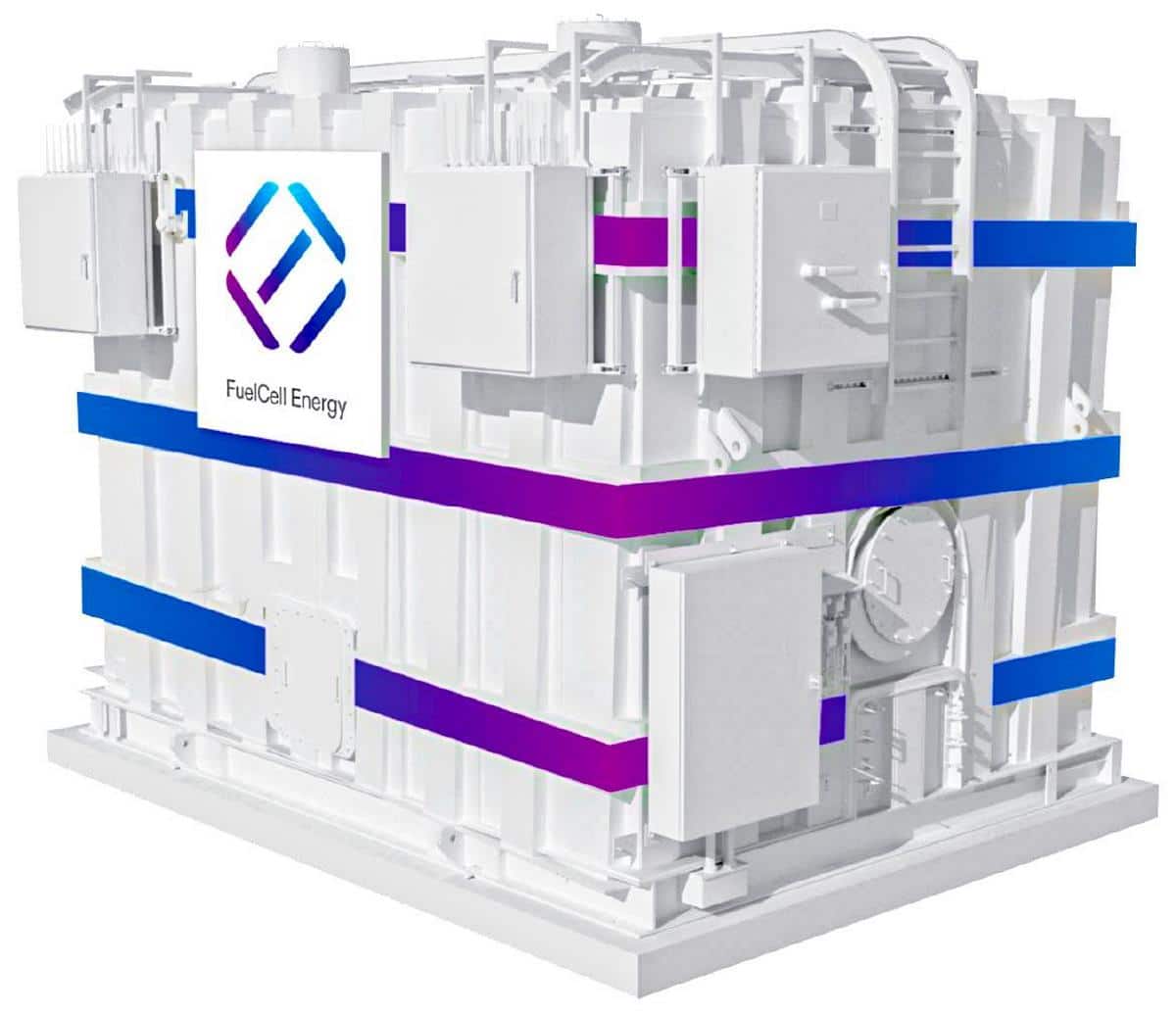
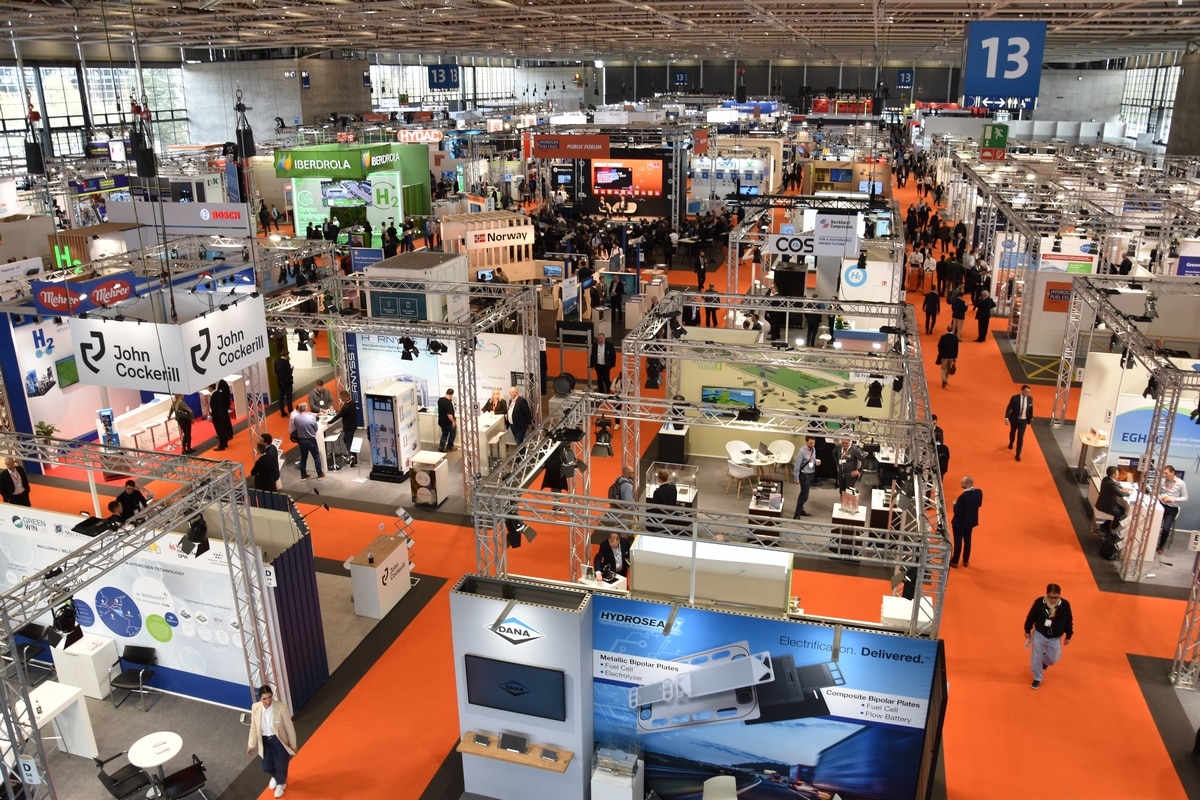
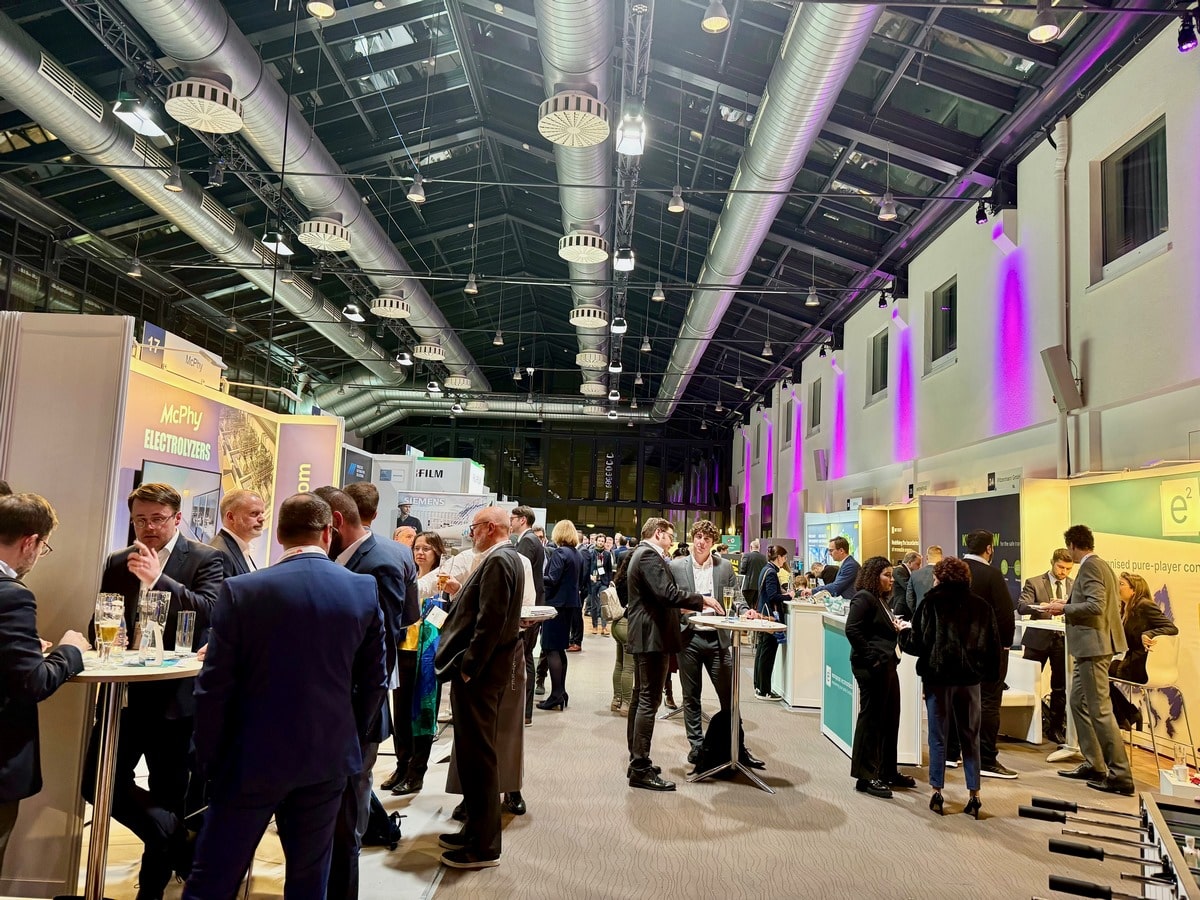

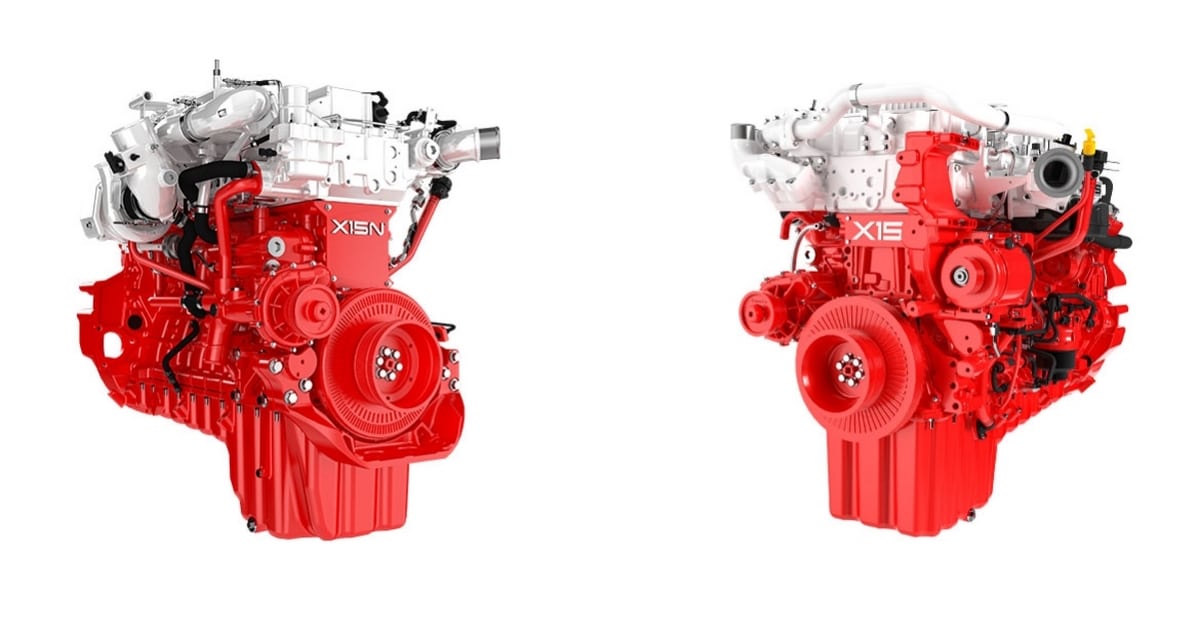
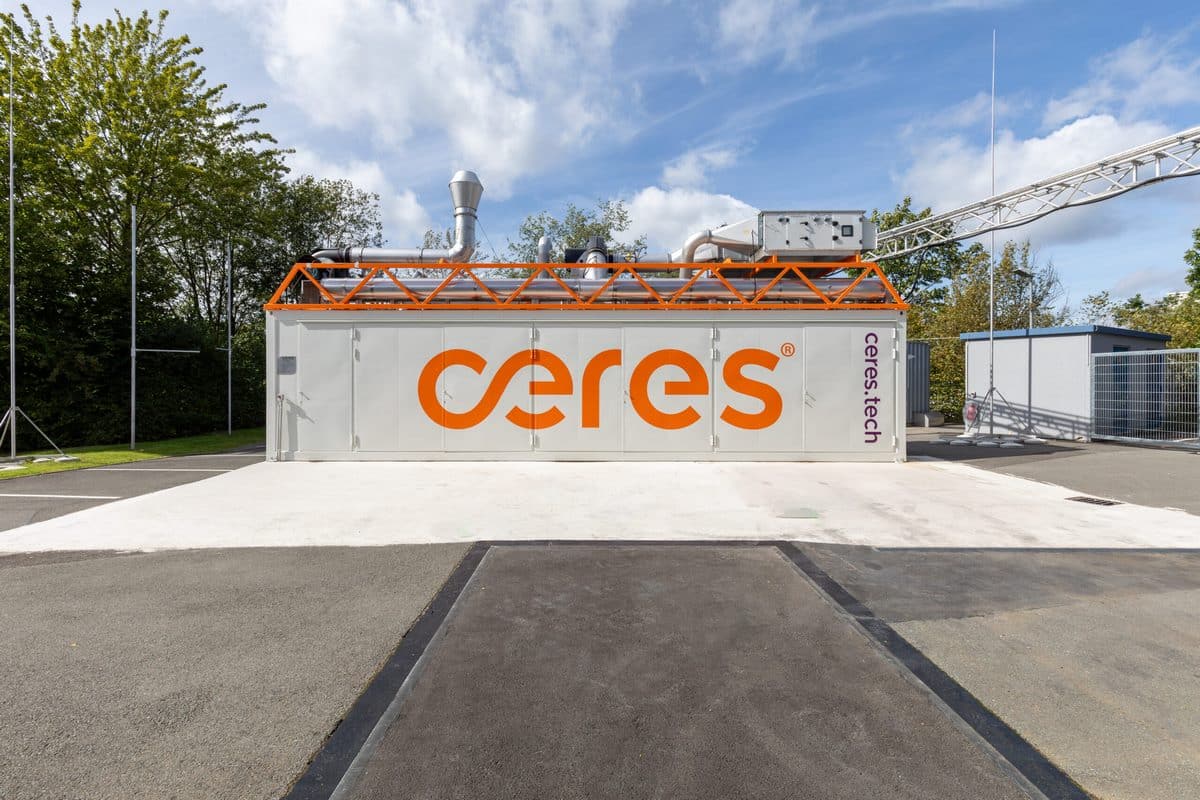
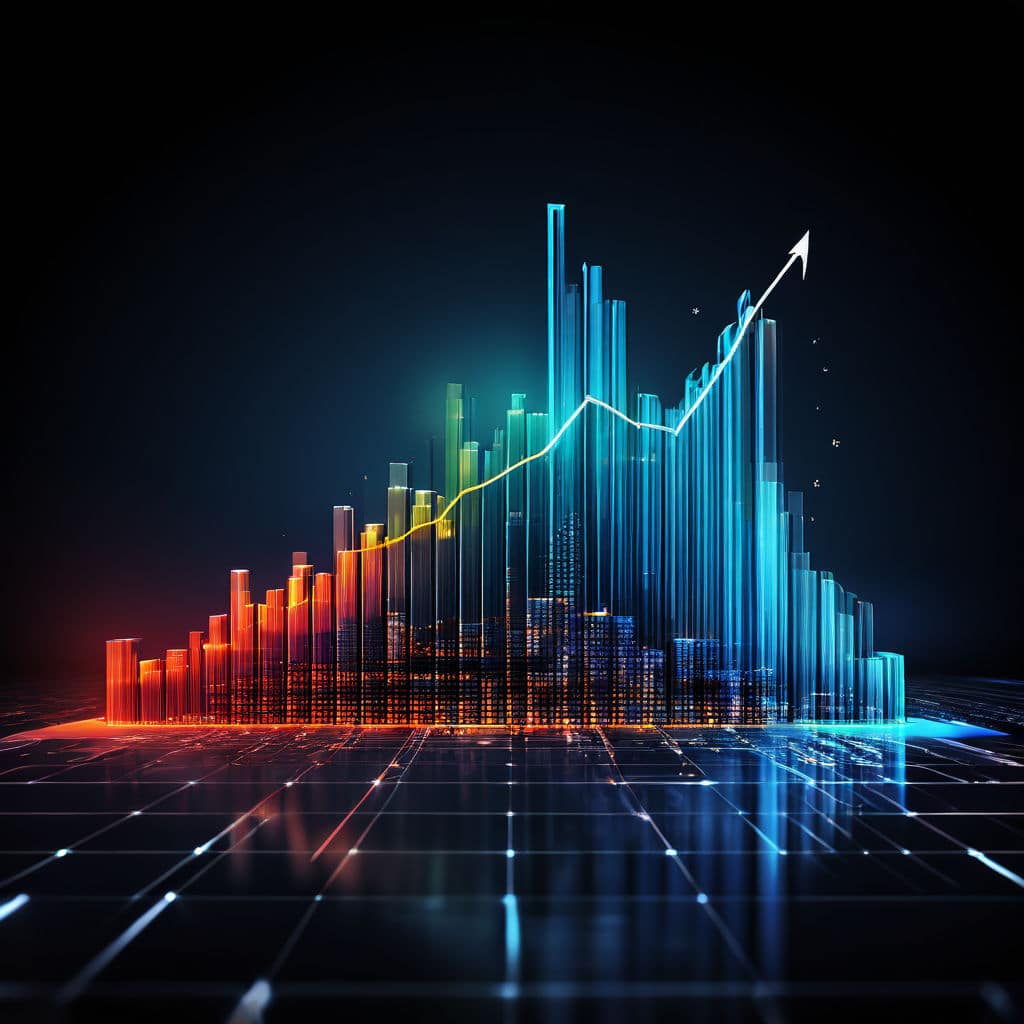
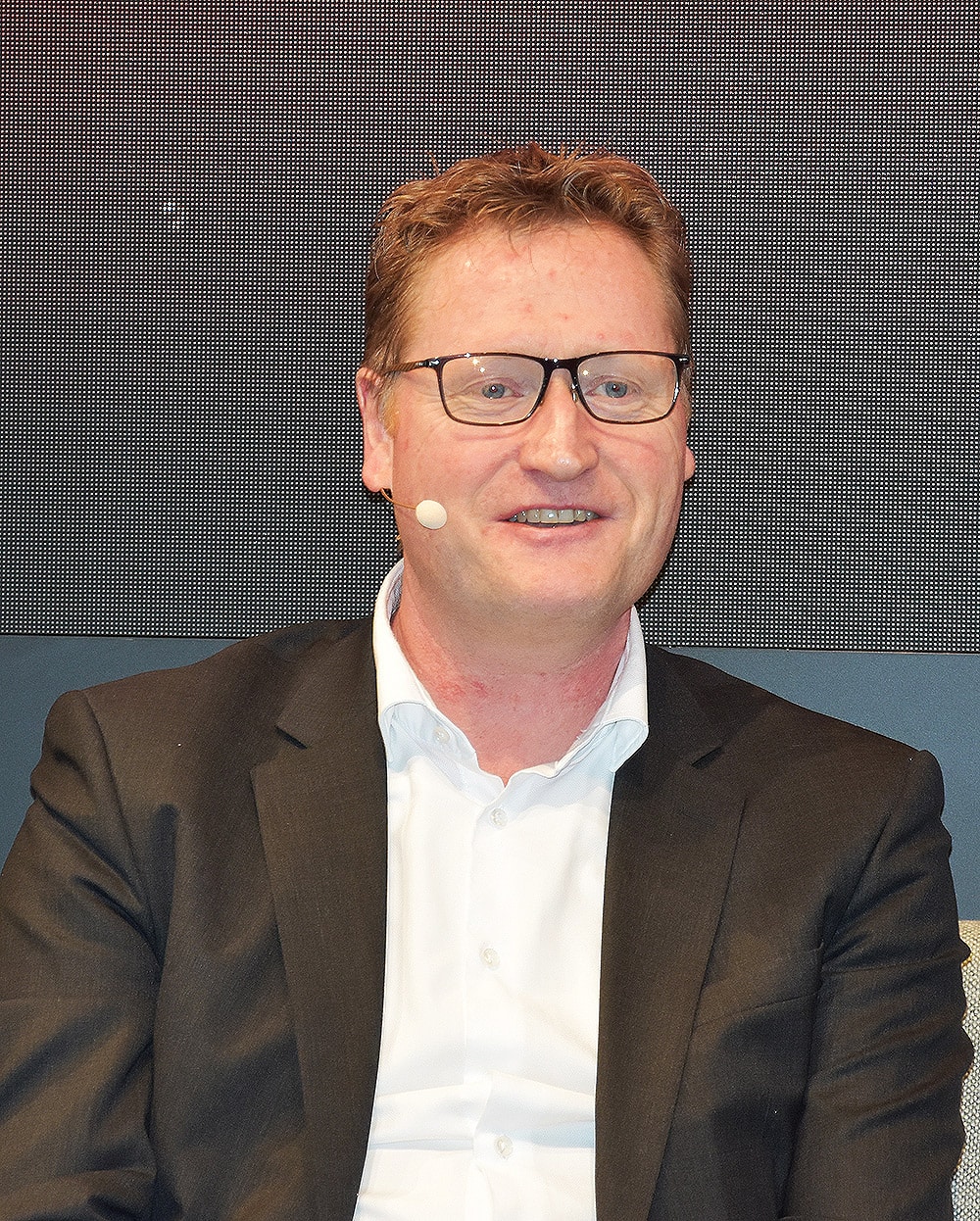


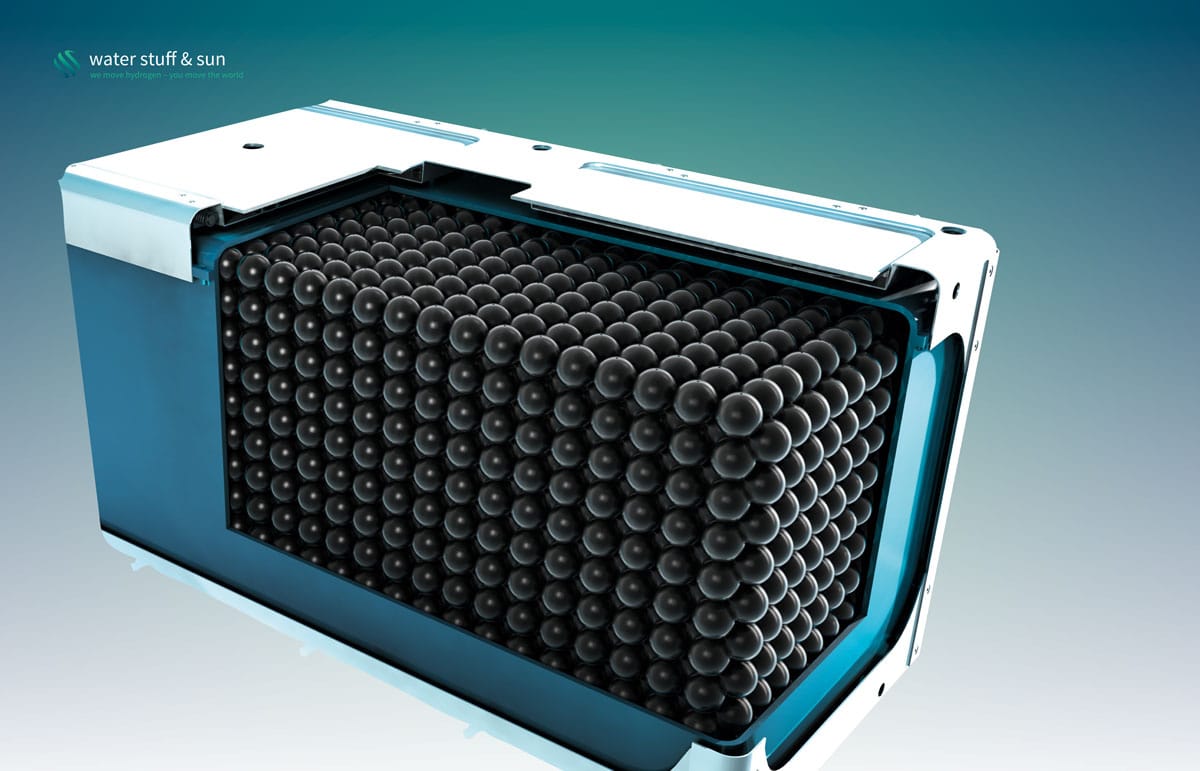

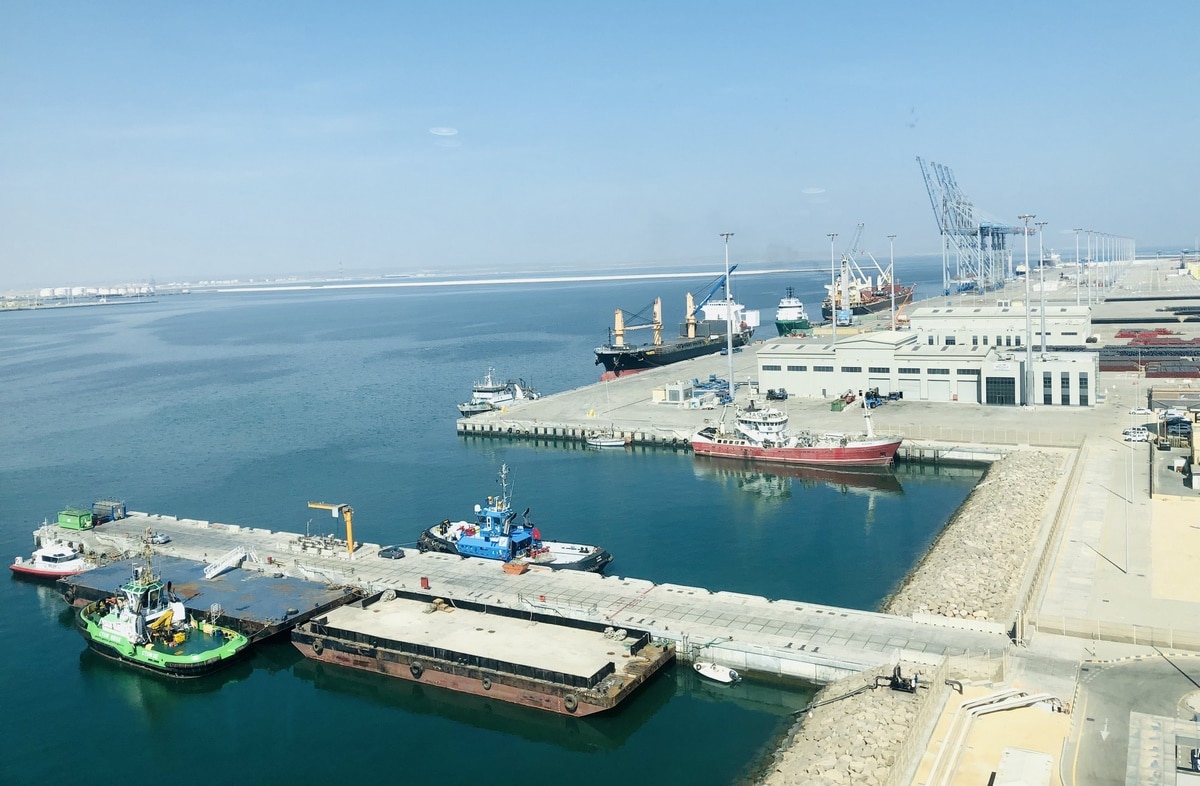
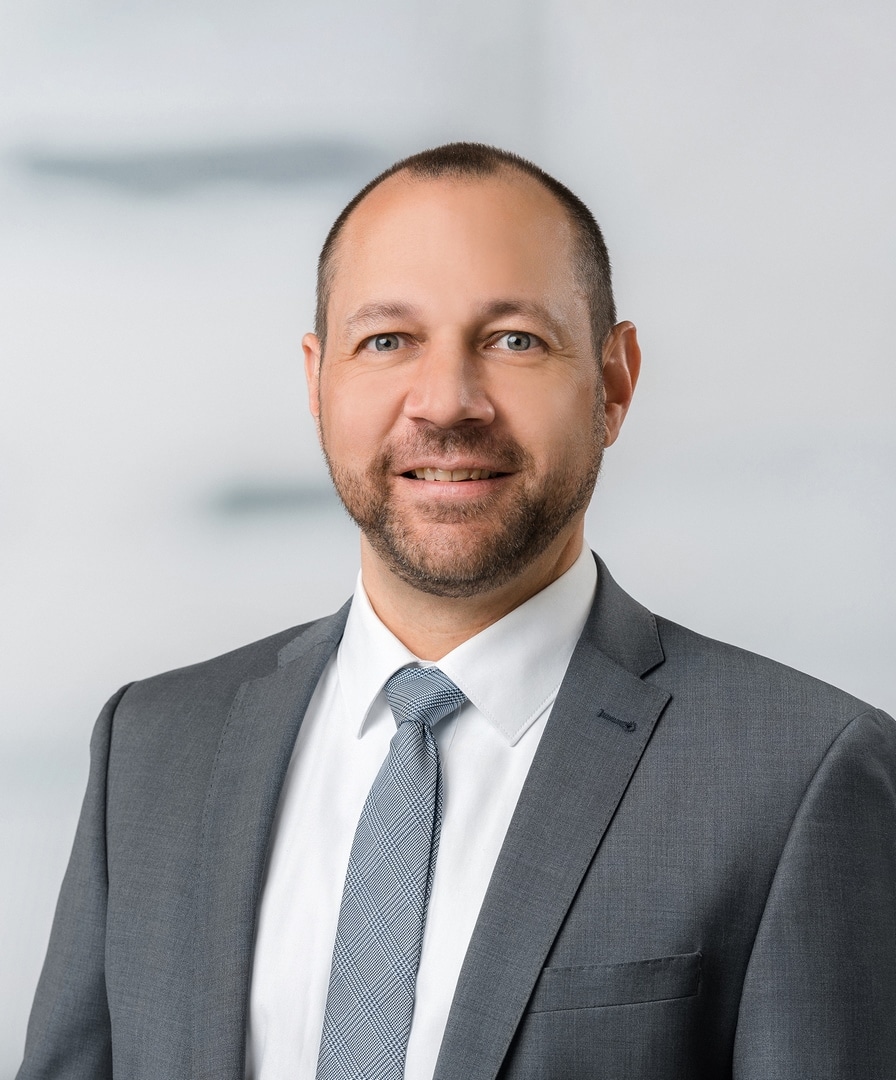
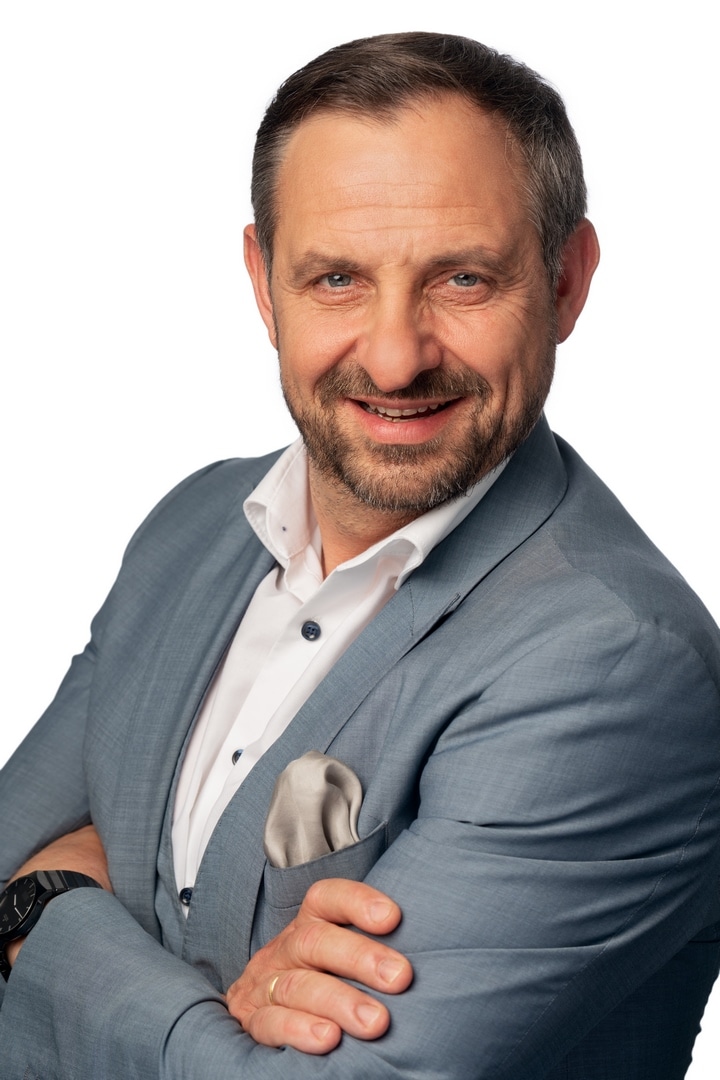
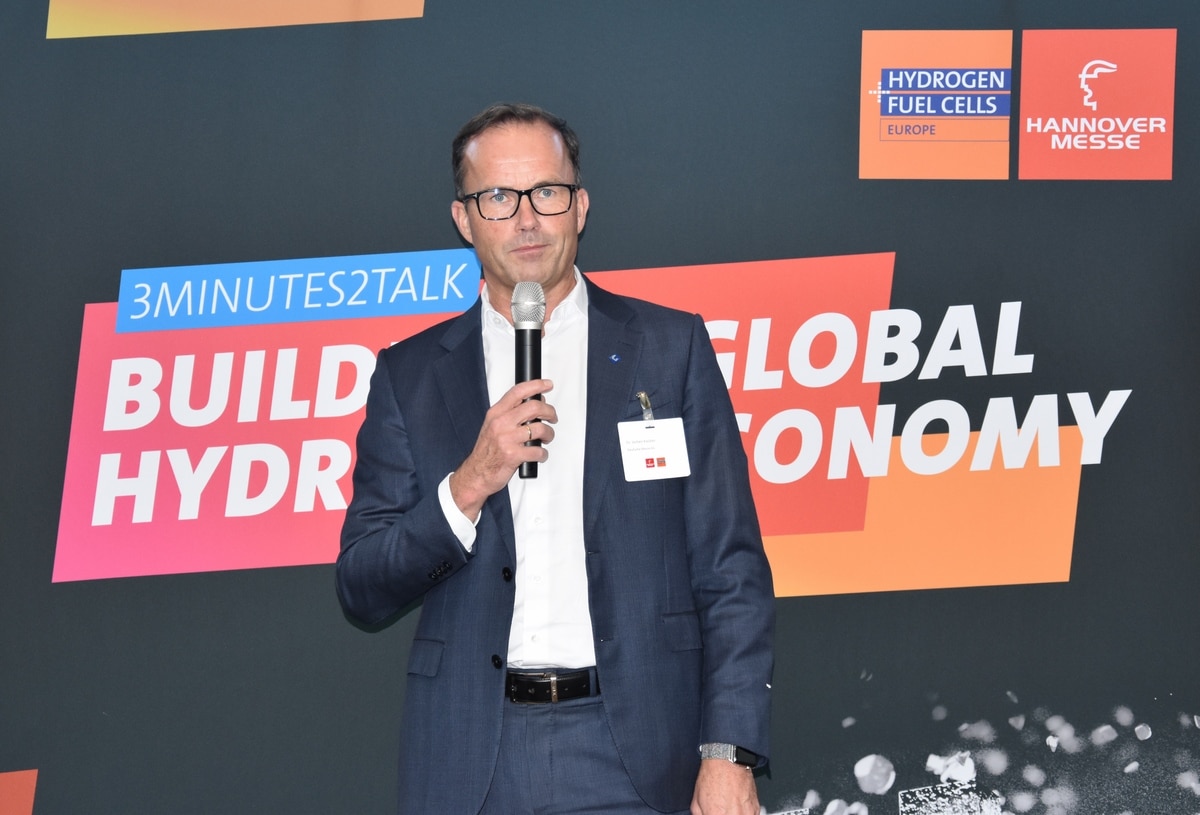
0 Comments